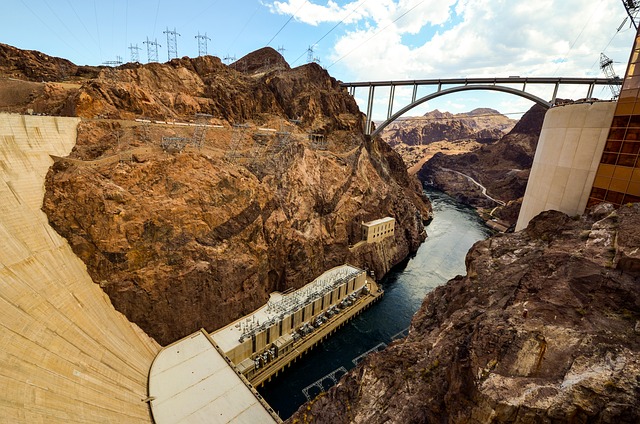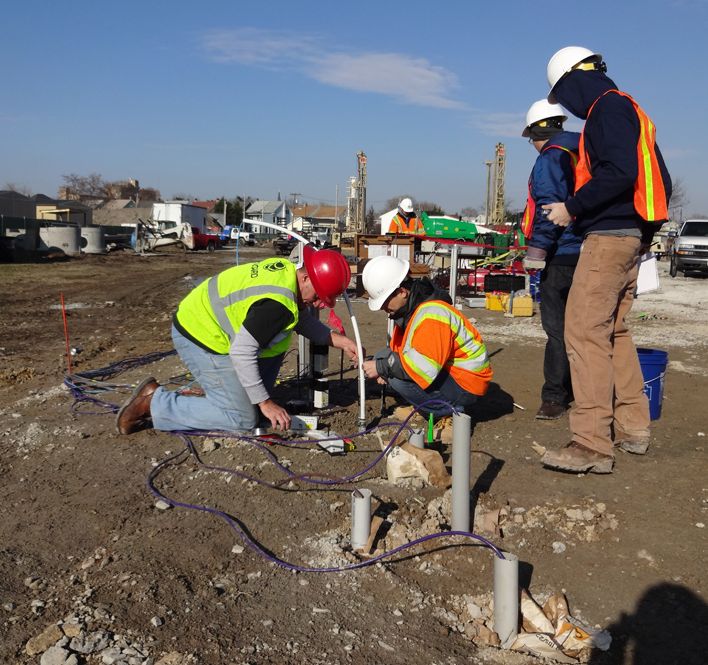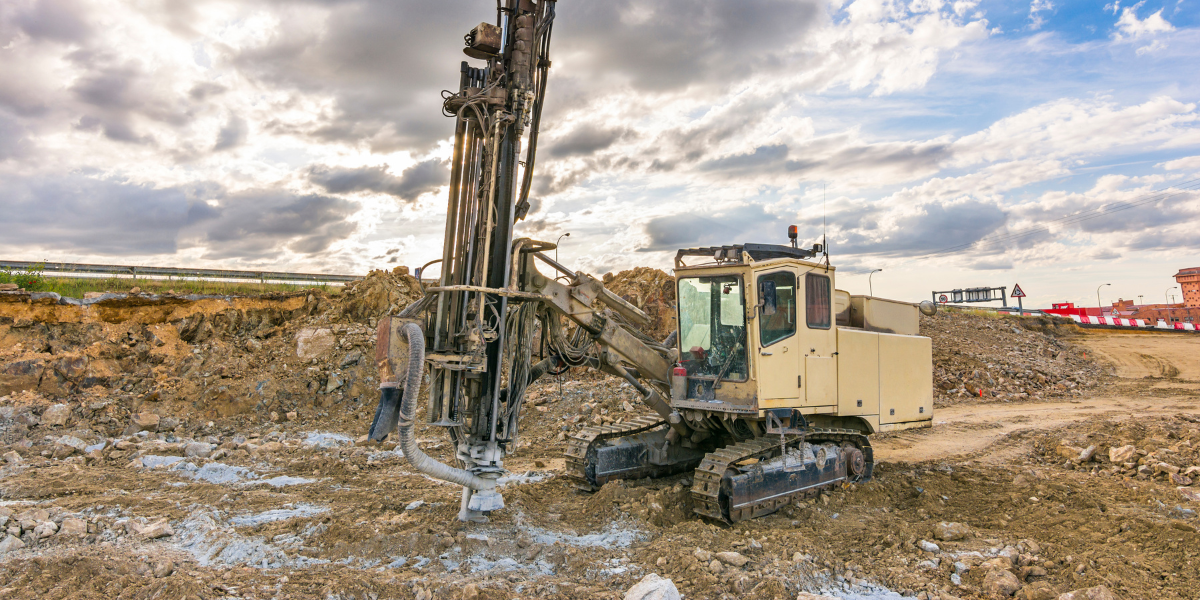Geotechnical Geologist Providers for Accurate Soil and Rock Analysis
Wiki Article
Exactly How Consulting Engineers Enhance Geotechnical Design Projects: Insights Into Their Experience, Methodologies, and Collaborative Approaches
Consulting designers are essential in enhancing geotechnical engineering tasks, using their specialized knowledge to navigate the intricacies of subsurface conditions. Their approaches include an array of site examination methods, consisting of Requirement Penetration Tests (SPT) and Cone Penetration Tests (CPT), which notify crucial decisions throughout the layout and construction phases. Their joint methods foster interaction among diverse job stakeholders, eventually forming the project's trajectory. As we check out the complex duties these experts play, it becomes clear that their payments extend past technological experience, triggering a more detailed consider the ramifications for project success.Function of Consulting Engineers
The proficiency of seeking advice from designers in geotechnical design is fundamental to the successful execution of building and construction projects. These experts play a pivotal role in evaluating dirt and rock homes, which are essential aspects influencing design and building and construction choices. By conducting complete site examinations, getting in touch with designers accumulate essential information that informs the design procedure, making certain jobs are improved steady and appropriate ground.Consulting engineers likewise provide very useful insights right into danger monitoring (geotechnical geologist). They determine prospective geotechnical risks, such as landslides, dirt liquefaction, and settlement issues, enabling stakeholders to execute effective mitigation approaches. Their know-how aids in optimizing foundation layouts, which can bring about substantial price financial savings and enhanced safety and security
Additionally, getting in touch with designers function as an essential web link in between task owners, architects, and service providers. Their capacity to translate complicated geotechnical information into workable suggestions cultivates collaboration and promotes informed decision-making throughout the job lifecycle. This multidisciplinary approach not just enhances task performance yet likewise guarantees conformity with governing standards and best practices.
Key Methodologies in Geotechnical Design

One main approach is website investigation, which involves carrying out field examinations and laboratory analyses to collect data on subsurface problems. Techniques such as Criterion Infiltration Screening (SPT) and Cone Infiltration Screening (CPT) are extensively utilized to assess dirt stratigraphy and toughness. In addition, geophysical techniques, including seismic and electric resistivity studies, give non-invasive methods to analyze subsurface features.
One more essential methodology is mathematical modeling, which allows engineers to imitate numerous circumstances and anticipate just how soil-structure communications will certainly behave under various loading conditions. Limited Aspect Evaluation (FEA) is an usual strategy employed in this context.
In addition, the style of foundations, retaining frameworks, and earthworks counts heavily on these techniques - geotechnical geologist. By integrating innovative analytical tools with field information, seeking advice from designers can develop customized solutions that address certain job obstacles, ultimately adding to the security and safety of building jobs
Importance of Dirt Analysis
Soil analysis functions as a fundamental element in geotechnical engineering, offering necessary understandings right into the physical and chemical residential properties of dirt essential for efficient construction preparation. Recognizing soil features is essential for establishing its load-bearing ability, drain behavior, and possibility for settlement or instability. Comprehensive dirt investigations, consisting of sampling and laboratory testing, aid determine specifications such as dirt kind, moisture material, thickness, and shear stamina.
These analyses educate the choice of appropriate construction techniques and products, inevitably influencing task safety and longevity. As an example, cohesive dirts may need different structure styles compared to granular soils, necessitating tailored design options. Moreover, dirt evaluation aids in determining contaminants that might position dangers to human health or the environment, permitting the development of mitigation approaches.
Incorporating dirt analysis into the early phases of project advancement aids to reduce unforeseen difficulties, guaranteeing that designers can expect and resolve possible concerns before they rise. By developing an extensive understanding of the site conditions, seeking advice from designers can enhance layout effectiveness and reduce prices, thus improving the general success of geotechnical engineering projects.
Collaborative Strategies in Jobs
Effective geotechnical jobs commonly depend upon collaborative strategies that unite diverse experience from different disciplines. Efficient collaboration among speaking with engineers, rock hounds, environmental researchers, and construction specialists is critical for dealing with complicated challenges and maximizing project outcomes. By leveraging the special abilities and expertise of each employee, tasks can take advantage of an alternative understanding of the website conditions, regulatory requirements, and engineering restraints.Normal communication and interdisciplinary conferences facilitate the sharing of insights and cultivate a culture of teamwork. These joint initiatives enable the identification of possible risks early in the task lifecycle, enabling timely reduction techniques. Additionally, including responses from stakeholders, including regional communities and regulatory companies, ensures that all viewpoints are taken into consideration, boosting task approval and compliance.
Additionally, the combination of advanced innovations, such as Geographic Details Equipment (GIS) and Building Information Modeling (BIM), further boosts partnership. These tools enable the real-time sharing of data and visualization of geotechnical problems, advertising informed decision-making. Ultimately, a collective approach not only improves job implementation yet also lays the foundation for ingenious services to complex geotechnical design difficulties.
Influence On Task End Results

Consulting engineers utilize advanced methods such as threat evaluation and predictive modeling, which enhance the accuracy of task projections. Their capability to integrate innovative technologies, like geotechnical instrumentation and information analytics, better fine-tunes the layout and construction processes. Because of this, tasks experience improved performance, reduced expenses, and decreased hold-ups.
Furthermore, cultivating efficient interaction and cooperation among team members boosts analytic capacities. When challenges occur, a united front enables speedy recognition of services, preventing potential obstacles. Eventually, the collaborative initiatives of seeking advice from engineers add to better outcomes, making certain that jobs fulfill both regulatory criteria and customer assumptions.
Final Thought

Report this wiki page